I have a 24mm piezo transducer with the marking SSE2425TAL from overseas. There are no detailed specs nor graphs to get LS, CS, RS, and CO at various frequencies (but just 25 kHz is fine).
I'd like to model this passive piezo transducer "reasonably" in Multisim, which means not just modeling a capacitor or a generic crystal or a generic RC circuit. The 'why' revolves around resonance, voltage spikes, current draw, undampened oscillation, and the like. For example, the 100V+ peaks should not happen if I can model the piezo transducers properly (please ignore this throwaway schematic otherwise).
With an LC meter, I can measure the piezo capacitance, say, 2500pF, but I'm not sure if that is accurate due to the R and and mechanical L of the piezo.
Then, with an oscilloscope, multimeter, an LC meter, and a handful of basic components, how to determine the LS, CS, RS, and CO for this piezo and various unlabeled piezo transducers I found?


